
No Knife, No Cuisine: All About Japanese Kitchen Knives
Written by Ito Ryo
Japanese knives are becoming increasingly popular as souvenirs for travelers visiting Japan. Their appeal lies in their aesthetic beauty and exceptional sharpness, attracting the attention of professional chefs worldwide who appreciate the high-quality Japanese craftsmanship.
Known as wabocho, these knives are specifically designed for Japanese cuisine. But did you know that there are several differences between Japanese knives and knives commonly used to prepare Western cuisine?
You might be surprised to learn that many of the unique qualities of Japanese cuisine are made possible by these specialized Japanese knives.
In this article, we will delve into the history and features of Japanese knives, their significant role in Japanese cuisine, and some important points to consider when purchasing and using these knives.
Table of Contents
Japanese Knives: Born from the Craftsmanship of Japanese Swords

The above image is for illustrative purposes only.
The unique Japanese kitchen knives known as Japanese knives are said to have originated from the same tradition of weapon-making that produced the famed Japanese katana "swords."
Before the Edo period (1603 CE–1868 CE) began in the 17th century, Japan experienced 150 years of civil strife known as the Sengoku period. During this time, high-quality Japanese swords were mass-produced for use by samurai warriors in battle.
As the country transitioned into the peaceful Edo period, the demand for swords declined. The advanced techniques used in sword-making were then adapted to create practical everyday tools, including kitchen knives.
This shift intensified with the Haitorei Decree of 1876, which prohibited the carrying of swords by ordinary citizens and samurai. Swordsmiths redirected their skills to making knives and other agricultural tools, such as sickles.
Today, Japanese knives continue to be crafted in Japan, carrying forward this rich historical legacy.
Top Chefs Discuss the Importance of Japanese Knives in Japanese Cuisine
Okuda Toru, owner of the Michelin two-star Japanese restaurant Ginza Kojyu in central Tokyo, writes in his book that "the beautiful appearance and delicate flavors of Japanese cuisine are made possible by the Japanese knives."

"If ingredients are cut roughly, their flavors can quickly dissipate, and the dish's final presentation can deteriorate. Therefore, it’s crucial to use a sharp knife and cut ingredients precisely to enhance the dish's intended flavor, which then fully unfolds in the mouth when eaten. I aim to continually pursue this concept of 'cutting to enhance flavor.'"

The above image is for illustrative purposes only.
Okuda emphasizes that "Japanese cuisine is unique in its focus on the sharpness of knives and the quality of cuts." He contrasts this with Western cuisine, where double bevel knives are common because they are easier for anyone to use due to the even distribution of force. In contrast, the single bevel Japanese knives, which have been used since the Edo period, can be challenging to handle if you are not accustomed to them. However, they allow for smoother cuts and more beautiful cut surfaces. Japanese knives are ideal for techniques like katsuramuki, where cylindrical vegetables are thinly sliced into long, continuous sheets, or for making very thin cuts.

The above image is for illustrative purposes only.
Okuda asserts that sashimi is the dish where Japanese knives truly shine.
"Sashimi is the ultimate dish where I focus my full attention. The quality of the fish is paramount, but next in importance is a 'sharp knife.' Additionally, the chef's cutting skills are crucial. For new chefs at my restaurant, the first thing I teach them is how to hold, position, and use Japanese knives."
"To cut sashimi properly, you need to keep your wrist fixed and move your arm in a consistent motion. The fish should be placed straight on the cutting board, and the knife should be drawn from back to front in a smooth motion, feeling the fibers and avoiding damaging the cells."
These insights from a highly regarded chef highlight the significant impact Japanese knives have on Japanese cuisine.
How to Choose and Handle Japanese Knives: Tips from a Specialty Knife Shop
So, where can you find the essential Japanese knives used by Japanese culinary professionals, and what criteria should you use when selecting one? Additionally, what should you be aware of when handling these specialized knives?
To learn more about these topics, I visited the renowned knife specialty store Jikko Hamono, located in Kappabashi, Tokyo's premier kitchenware district, to gather insights on Japanese knives.

The Three Essential Types of Japanese Knives

While there are dozens of types of Japanese knives designed for specific purposes, the three most essential designs are the long, slender yanagiba for slicing sashimi, the thick deba used for cutting through fish bones and filleting, and the thin usuba for peeling and finely chopping vegetables.

The Unique Structure That Gives Single-Edged Japanese Knives Their Sharpness
The metal part of Japanese knives, which have a single bevel blade and have been made continuously since the Edo period, is asymmetrical and curved. The back side features a hollow called urasuki. This complex design prevents Japanese knives from being uniformly produced by industrial machines.

During the demonstration, I had the opportunity to test the knives. I was amazed not only by their sharpness but also by how smoothly they cut through ingredients with minimal effort. Another reason Japanese knives are lighter and easier to handle compared to Western knives is the absence of metal rivets in the handle.

Choose Knife Material Based on Your Skill Level
There are two well-known types of carbon steel. The first is "shirogami," which has high purity with impurities removed. This combination offers durability through its rust resistance and hardness. The second type is "aogami," which enhances the hardness further by adding metals such as chromium and tungsten to shirogami.

Sharpening a knife correctly requires skill and practice. Therefore, for beginners, shirogami knives are recommended due to their ease of sharpening. Additionally, there are high-quality Japanese knives made from stainless steel, which are popular for their rust resistance. Please consider these options as well.
Enhancing the Joy of Cooking with the Right Knife
Many Japanese knives are known as "awase bocho," which are made by laminating soft iron onto carbon steel. This construction absorbs shocks, making the knives durable, less prone to chipping, and easier to sharpen, making them popular.

Beyond these material variations, there are also Japanese knives with mirror-polished finishes or artistic designs, such as patterns depicting Mount Fuji or waves, etched onto the carbon steel. These features add an artistic touch, particularly in honyaki bocho.
By choosing knives based on their manufacturing process, materials, and design, you will naturally develop a deeper appreciation for them. The sight of their beautiful form every time you use them will enhance your cooking experience, making it more enjoyable and fulfilling.
Moisture is the Enemy: Consistent Maintenance is Essential
For instance, while carbon steel Japanese knives offer far superior sharpness compared to stainless steel knives, they are also more prone to rust. Therefore, it's essential to remove moisture and humidity, which are the main causes of rust.


When sharpening single bevel Japanese knives, you cannot use standard sharpeners meant for double bevel Western knives; instead, you need a specialized whetstone, which can be made from natural stone or artificial materials like ceramics.
Finally, what we've covered here are just the basics of Japanese knife care. To find the perfect knife that suits your specific needs, visit a specialty store and consult with knowledgeable staff.
One of the joys of dining at sushi bars or casual Japanese kappo restaurants in Japan is the opportunity to watch the chefs' skillful, efficient, and lively knife work up close from across the counter.
After reading a book by Okuda of Ginza Kojyu, I realized that the act of "cutting with a knife," which I had previously enjoyed watching as a simple spectacle, plays a far more critical role in Japanese cuisine than I had imagined. Additionally, my visit to Jikko Hamono gave me a glimpse into the profound craftsmanship behind Japanese knives.
It became clear to me that Japanese cuisine cannot exist without Japanese knives, and the survival and development of Japanese knives are equally dependent on Japanese cuisine. Both are intricately linked and together form a powerful support for Japan's traditional food culture.
Jikko Hamono



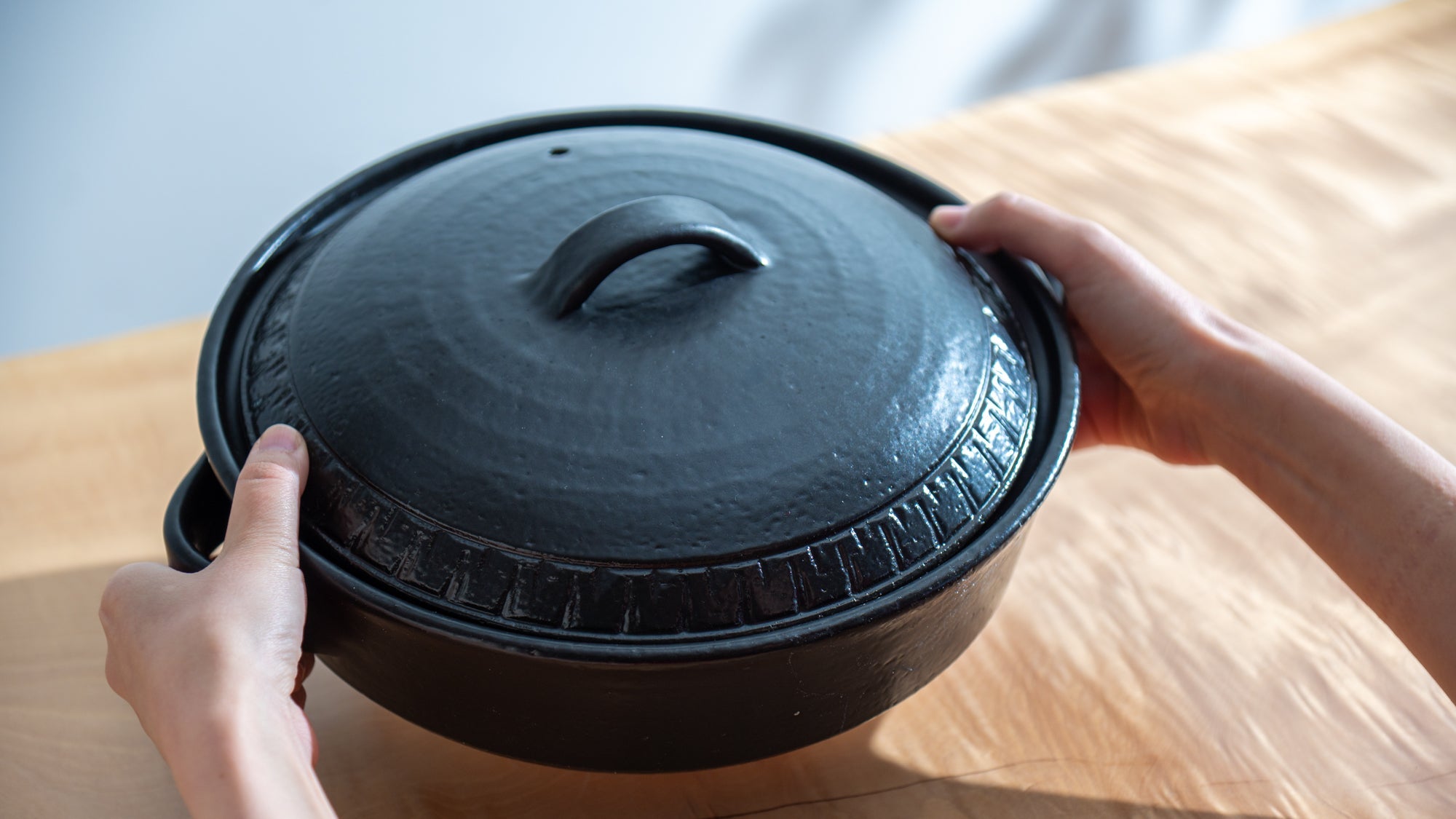

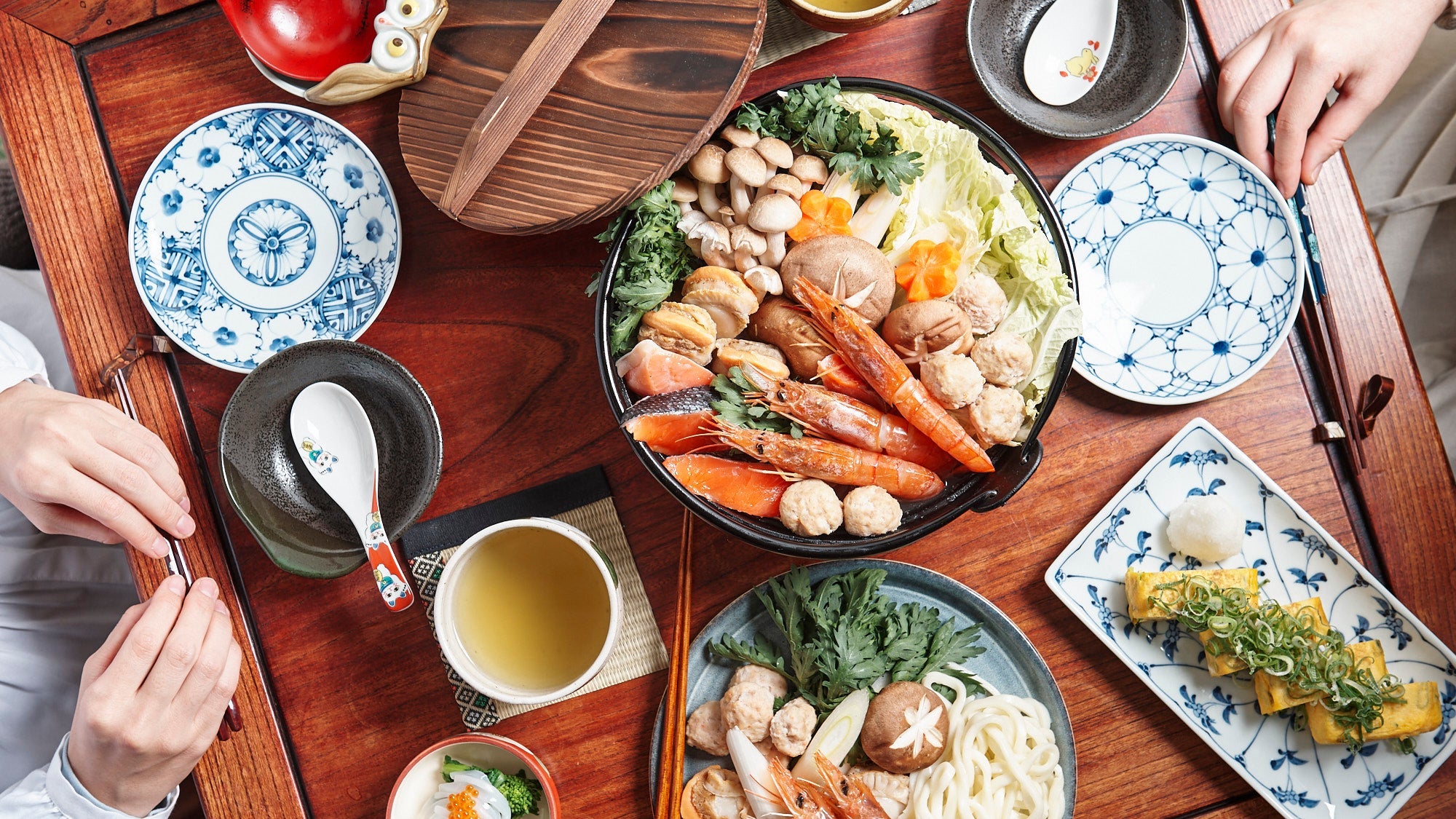
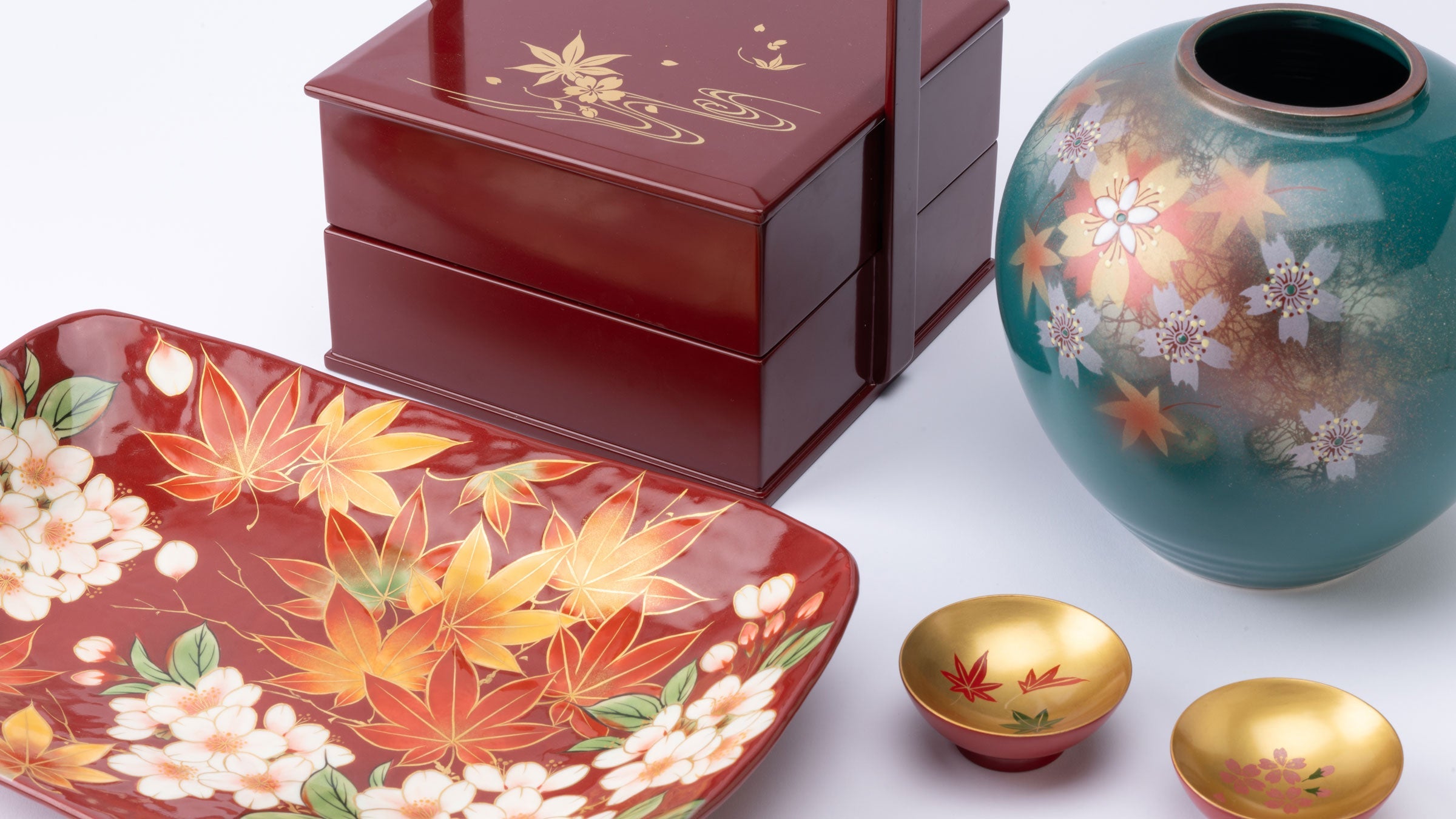
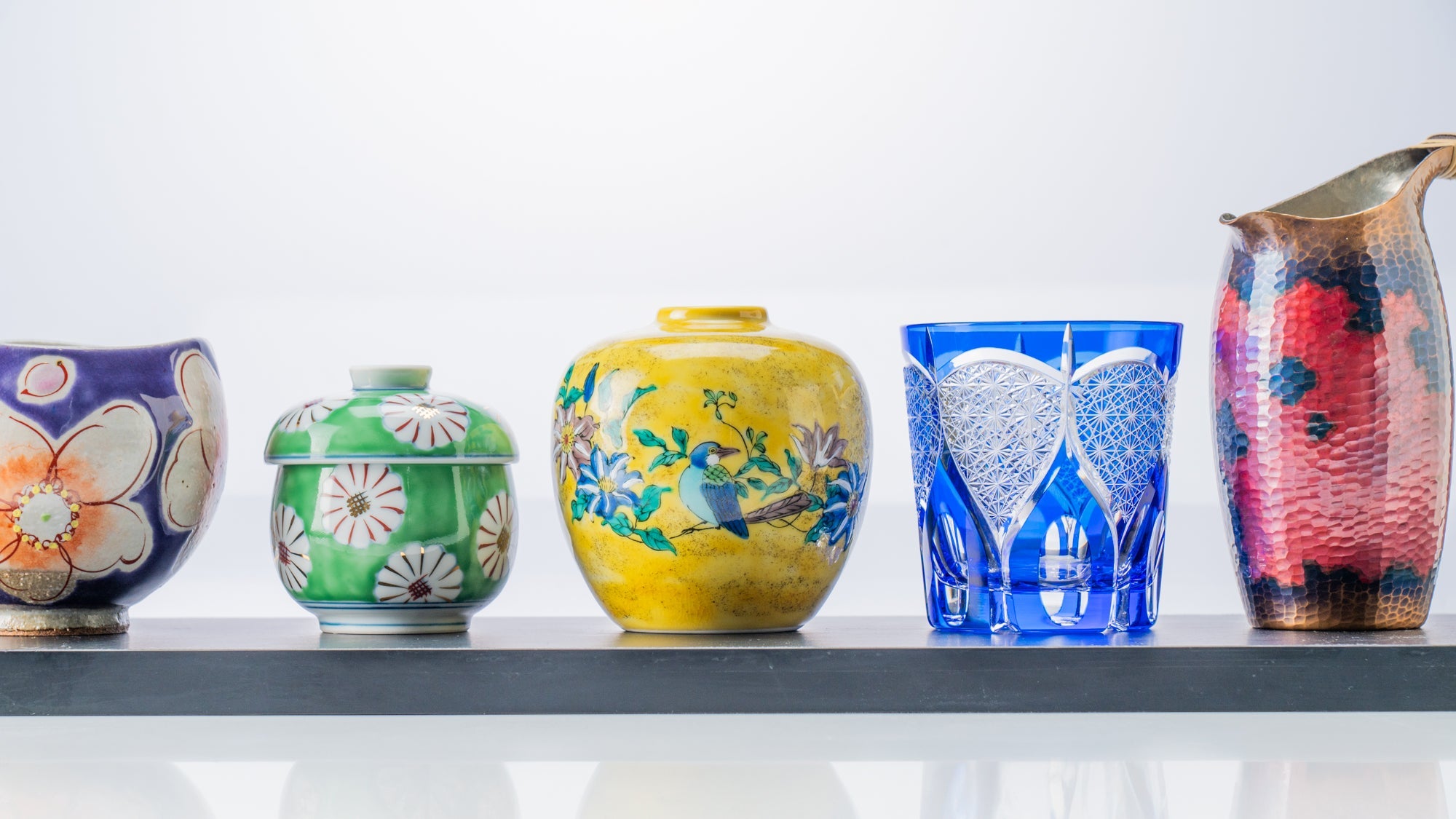


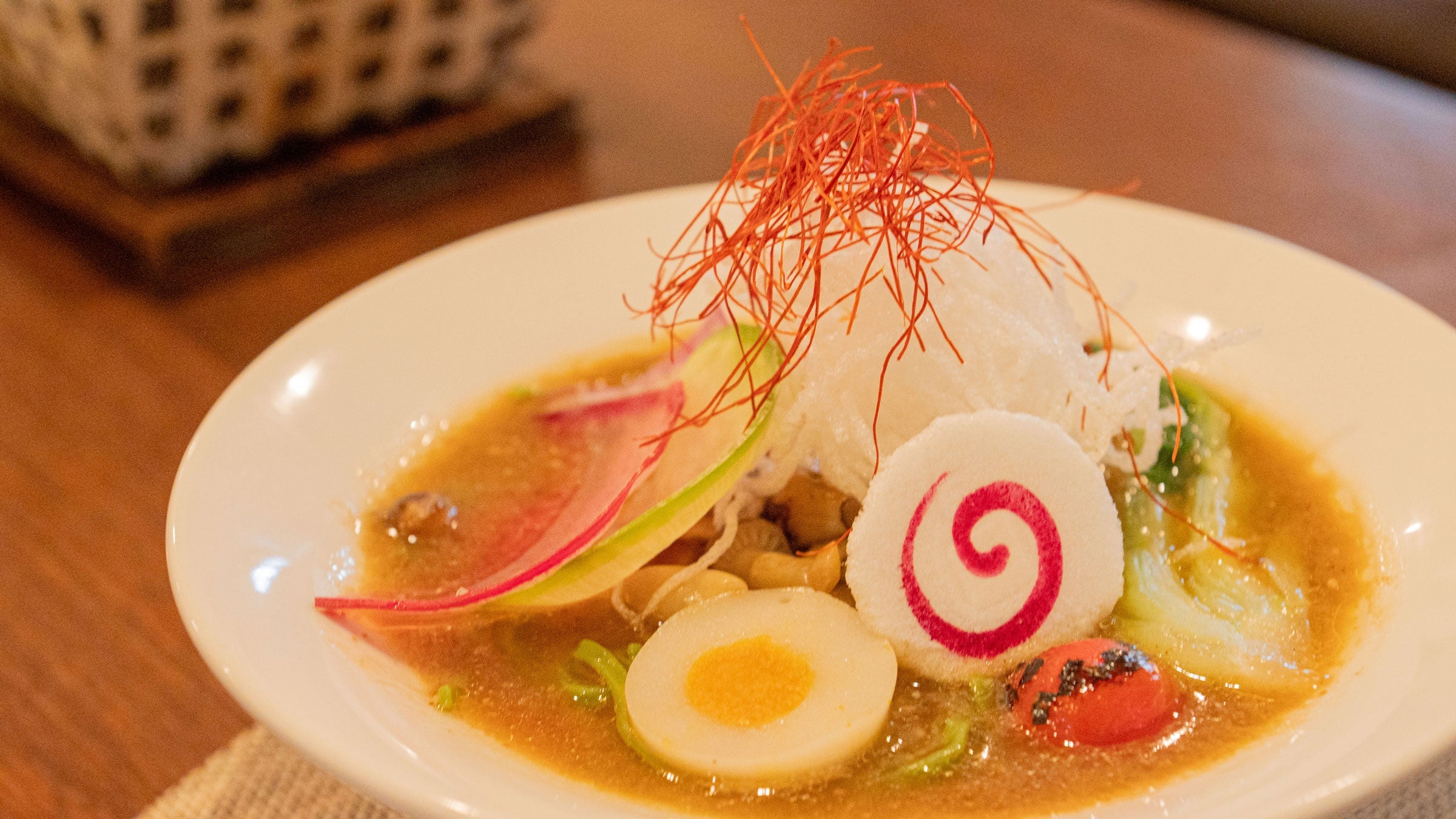
Leave a comment
This site is protected by hCaptcha and the hCaptcha Privacy Policy and Terms of Service apply.